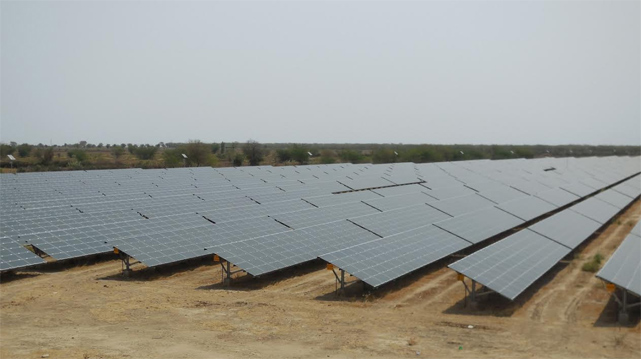Very recently, the Cabinet Committee on Economic Affairs approved the doubling of envisaged capacity through solar parks and ultra mega solar power projects from 20 GW to 40 GW. The Centre has targeted at least 50 solar parks, each with capacity of at least 500 mw, to come up all over the country by FY20. Financial support from the Centre for this additional 20 GW of grid-connected solar capacity would be to the tune of Rs.8,100 crore. It may be recalled that 20 GW worth of Solsolar parks, 34 in number, are already under various stages of development. The original scheme of solar parks was launched in December 2014.
An interesting observation about this additional 20 GW now envisaged is that the Centre expects greater involvement of state governments and Union territories. State governments will have to identify land for the proposed solar park(s) and also identify the developer. In return, state governments and Union territories will be eligible for benefits under the scheme.
This additional 20 GW of grid-connected solar capacity has been envisaged ostensibly to compensate for the very poor pace of solar rooftop installations. The National Solar Mission has envisaged 100 GW of solar capacity by 2022. This includes 60 GW through land-based grid-connected solar plants while as much as 40 GW was expected to come from rooftop installations. Currently, the cumulative solar rooftop is a little over 1 GW. Around 700 mw of this was added in 2016. Clearly the pace does not inspire confidence that 40 GW could be attained. With 20 GW now been taken over by solar parks, and that too by 2020, the pressure on solar rooftop installations clearly stands reduced.
Industry experts feel that very few state governments have made demonstrable progress on their net metering policy, a basic requirement for grid-connected rooftop solar plants. This being the case, there is very little progress on grid-connected rooftop plants. Solar parks on the other hand benefit hugely from economies of scale. The 750-mw Rewa ultra mega solar park in Madhya Pradesh, that saw levelised solar tariffs fall to a historic low of Rs.3 per kwh is a strong case in point.
Geometric growth
The government appears committed to its 100-GW solar target by 2020. The shifting of 20 GW from rooftop to solar parks reflects a clear appreciation of the current trends, and therefore becomes a good example of dynamic policy making. Meanwhile, India’s total grid-based solar capacity was a little over 9 GW as of end-December 2016. By the end of 2017, this is expected to reach 18 GW. In order to attain 100 GW or so by 2022, India would need to double its existing solar capacity ever year for the next few years.
China, it may be recalled, had achieved this in wind power during the period 2003 to 2009 when capacity grew in geometric progression from less than 0.5 GW in end-2002 to nearly 26 GW in 2009. Incidentally, China’s wind power industry continues to grow—albeit not as furiously–and it could soon dislodge USA to emerge as the world’s largest wind energy producer in the coming years.
Also read: 100-per cent village electrification: Budget Announcement 2017

